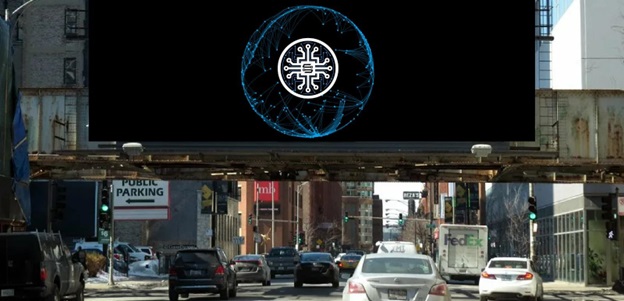Robin Sharma, a Canadian writer, life and career coach, and lawyer, ministers to many and has influenced great leaders across the world through his writing prowess and his leadership academy, Sharma Leadership International. His book and bestseller; The leader who had no title is widely read, both in the big establishments and the in simple households. The book has its setting mainly in the New York City, United States of America. It was first published by the Free Press in December 28, 2010. It has 8 chapters and over 200 pages. As at 2020, the book reportedly sold over 20 Million copies, and has been translated to more than 70 languages across the globe.
The first significant thing that impresses about the book is its unique style. The writer adopts the Socratic style of teaching where the characters negotiate ideas in the simplest form of conversation to get to the root of knowledge — it is a powerful plot developed using the first person point of view.
Basically, The leader who had no title embodies the core philosophy of motivational leadership and how to exert influence as a leader. From the title of the book, the writer calls to the readers’ consciousness the point that leadership is not all about position or status but about active service and exerting influence. The will-to-serve underscores the basic idea of excellence in the book. This is largely developed in chapter one and chapter two where work is described as a privilege to actively display the leadership traits hidden in us rather than as a means to earn a wage. This is a challenging perspective to the predominant view of work as an exchange of labour for capital resources.
The book also exposes the two types of leadership characters that invariably emerge in organizations. The first is a symbolic leader who has the important formal status and control much of the organizational resources — both human and capital resources. The second is the real leader who may not necessarily have important tittles or control much resources of the organization but have mastered key leadership qualities such as love, empathy, humility, foresight, etc. This second leader character may be an unsung hero but providence always eventually rewards them.
The plot: A young ex-service man, Blake Davis. After his experience in the US military and exposure to the brutality of war in Afghanistan, Blake Davis becomes very embittered about life and almost gives up on himself. He finds it difficult to adapt to the order of the civilian life. However, Blake starts to experience a turnaround in his life no sooner than he meets Tommy Flinn, a man old enough to sire him. Tommy introduces Blake to his community and their doctrines. This encounter births a new worldview and wider horizon for Blake.
Several themes emerge as the plot unfolds, some of which reflects social values, such as, love, compassion, empathy, humility, innovation, service etc. The four central themes from the book are the following:
a. You need no title to become a leader
b. The stronger your relationship, the stronger your capacity for leadership
c. Turbulent times make great leaders
d. To be a great leader you must first of all be a great person
Essentially, the book teaches that regardless of what we do within our workplace and the current state of our lives, the single most important thing is that we have power to showcase our leadership traits wherever we are in our career lives. In other words, anybody and everybody have the capacity to be a real leader. Hence, we should always play to our premium leadership capacity.









